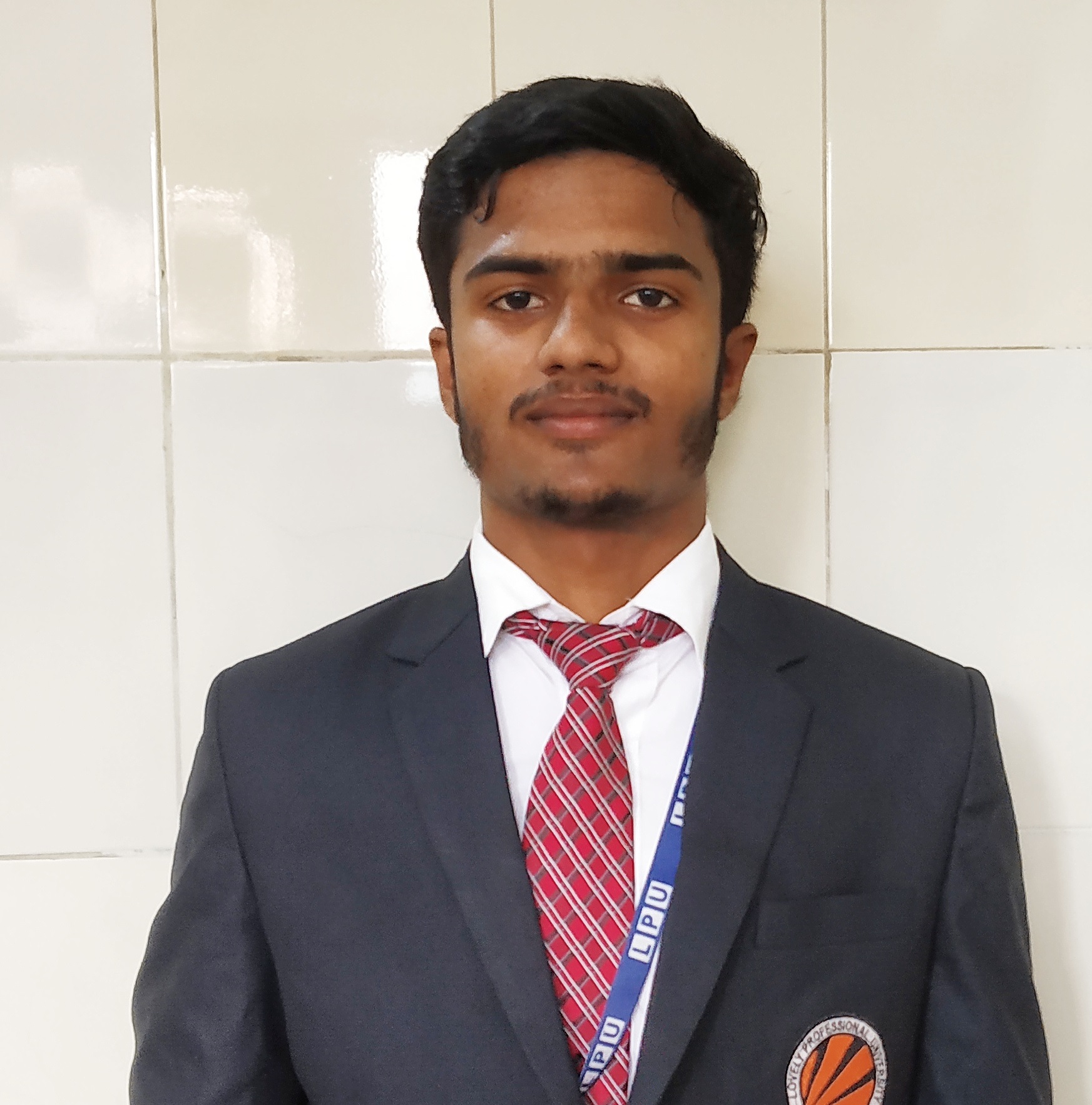如何使用 JavaScript MediaRecorder API 建立影片和音訊錄製器?
在本教程中,您將學習如何使用 JavaScript MediaRecorder API 建立音訊和影片錄製器。因此,這可以使用 WebRTC 來完成。
什麼是 WebRTC?
WebRTC 是即時通訊的簡稱。我們可以訪問和捕獲使用者裝置中可用的網路攝像頭和麥克風裝置。
我們可以使用 ECMAScript 物件訪問使用者裝置的網路攝像頭和麥克風。
navigator.mediaDevices.getUserMedia(constraints).
因此,getUserMedia 函式預設情況下會請求使用者許可以使用您的網路攝像頭。此函式返回一個promise,並且一旦您單擊“確定”並給予同意,則該函式將被觸發並在您的系統中啟用網路攝像頭,否則,如果您不允許,它還有一個 catch 方法來關閉網路攝像頭。
我們還可以向getUserMedia() 函式傳遞引數,例如我們想要某個特定寬度或高度的圖片。
前端設計
我們的前端部分將包含以下元素:
對於影片錄製,螢幕將包含以下元素:
一個影片元素,用於顯示影片媒體螢幕
開始按鈕將啟動影片錄製
停止按鈕將停止影片錄製流。
對於音訊錄製,它也將有兩個按鈕
開始按鈕將啟動音訊錄製
停止按鈕將停止音訊錄製流。
我們將新增 font awesome CDN 以新增開始和停止按鈕圖示,併為了使頁面更具吸引力,我們將在元素上新增 CSS 樣式。
HTML 程式碼
示例
<!DOCTYPE html>
<html>
<head>
<title>Video & Audio Recorder</title>
<link rel="stylesheet" href="https://cdnjs.cloudflare.com/ajax/libs/font-awesome/4.7.0/css/font-awesome.min.css">
<style>
body {
text-align: center;
color: red;
font-size: 1.2em;
}
/* styling of start and stop buttons */
#video_st, #video_en, #aud_st, #aud_en{
margin-top: 10px;
padding: 10px;
border-radius: 4px;
cursor: pointer;
}
#vidBox{
background-color: grey;
}
/*video box styling*/
video {
background-color: gray;
display: block;
margin: 6px auto;
width: 520px;
height: 240px;
}
/*audio box styling*/
audio {
display: block;
margin: 6px auto;
}
a {
color: green;
}
</style>
</head>
<body>
<h1 style="color:blue"> Video-Audio recorder</h1>
<div class="display-none" id="vid-recorder">
<h3>Record Video </h3>
<video autoplay id="vidBox"> </video>
<!-- click this button to start video recording -->
<button type="button" id="video_st" onclick="start_video_Recording()"> <i class="fa fa-play"></i></button>
<!-- click this button to stop video recording -->
<button type="button" id="video_en" disabled onclick="stop_Recording(this, document.getElementById('video_st'))">
<i class="fa fa-stop"></i>
</button>
</div>
<!-- ------------ -->
<br>
<hr>
<!-- ------------ -->
<div class="display-none" id="audio_rec">
<h3> Record Audio</h3>
<!-- click this button to start audio recording -->
<button type="button" id="aud_st"
onclick="start_audio_Recording()"><i class="fa fa-play"></i>
</button>
<!-- click this button to stop video recording -->
<button type="button" id="aud_en"disabled onclick="stop_Recording(this, document.getElementById('aud_st'))"> <i class="fa fa-stop"></i></button>
</div>
</body>
</html>
當您單擊“開始影片”按鈕時,它將呼叫start_video_Recording() 函式,而“停止”按鈕將呼叫stop_Recording() 函式,類似地,對於音訊,單擊開始按鈕將觸發start_audio_Recording() 函式,而停止按鈕將呼叫stop_Recording() 函式。
start_video_Recording() 函式
讓我們定義一個函式來啟動影片並錄製它。
function start_video_Recording() {
// stores the recorded media
let chunksArr= [];
const startBtn=document.getElementById("video_st");
const endBtn=document.getElementById("video_en");
// permission to access camera and microphone
navigator.mediaDevices.getUserMedia({audio: true, video: true})
.then((mediaStreamObj) => {
// Create a new MediaRecorder instance
const medRec =new MediaRecorder(mediaStreamObj);
window.mediaStream = mediaStreamObj;
window.mediaRecorder = medRec;
medRec.start();
//when recorded data is available then push into chunkArr array
medRec.ondataavailable = (e) => {chunksArr.push(e.data);};
//stop the video recording
medRec.onstop = () => {
const blobFile = new Blob(chunksArr, { type:"video/mp4" });
chunksArr= [];
// create video element and store the media which is recorded
const recMediaFile = document.createElement("video");
recMediaFile.controls = true;
const RecUrl = URL.createObjectURL(blobFile);
//keep the recorded url as source
recMediaFile.src = RecUrl;
document.getElementById(`vid-recorder`).append(recMediaFile);
};
document.getElementById("vidBox").srcObject = mediaStreamObj;
//disable the start button and enable the stop button
startBtn.disabled = true;
endBtn.disabled = false;
});
}
當按下開始按鈕時,它將呼叫上述函式,該函式將觸發 WebRTC 攝像頭和麥克風方法以獲取錄製許可權,並啟用停止錄製按鈕並停用開始錄製按鈕。
當按下停止按鈕時,它將呼叫 stop() 函式並停止所有媒體流軌道。
然後,為了錄製媒體流,我們將建立一個媒體錄製器例項,並將媒體流和媒體重新排序設定為全域性變數。然後停止影片將停止媒體流,建立影片元素將建立一個新的影片元素並存儲錄製的媒體資料。
類似地,start_audio_Recording() 函式也類似於start_video_Recording() 函式,但有一些必要的更改。
stop_Recording() 函式
現在讓我們定義一個函式來停止錄製。
function stop_Recording(end, start) {
window.mediaRecorder.stop();
// stop all tracks
window.mediaStream.getTracks() .forEach((track) => {track.stop();});
//disable the stop button and enable the start button
end.disabled = true;
start.disabled = false;
}
此函式將停止儲存在媒體流中的所有媒體軌道。
示例
讓我們將上述函式新增到 HTML 程式碼中,以使影片和音訊錄製功能化。
<!DOCTYPE html>
<html>
<head>
<title>Video & Audio Recorder</title>
<link rel="stylesheet" href="https://cdnjs.cloudflare.com/ajax/libs/font-awesome/4.7.0/css/font-awesome.min.css">
<style>
body {
text-align: center;
color: red;
font-size: 1.2em;
}
//video start & end, Audio start & end button styling
#video_st, #video_en, #aud_st, #aud_en{
margin-top: 10px;
padding: 10px;
border-radius: 4px;
cursor: pointer;
}
#vidBox{
background-color: grey;
}
video {
background-color: gray;
display: block;
margin: 6px auto;
width: 420px;
height: 240px;
}
audio {
display: block;
margin: 6px auto;
}
a {
color: green;
}
</style>
</head>
<body>
<h1 style="color:blue"> Video-Audio recorder</h1>
<div class="display-none" id="vid-recorder">
<h3>Record Video </h3>
<video autoplay id="vidBox"> </video>
<button type="button" id="video_st" onclick="start_video_Recording()"> <i class="fa fa-play"></i></button>
<button type="button" id="video_en" disabled onclick="stop_Recording(this, document.getElementById('video_st'))">
<i class="fa fa-stop"></i>
</button>
</div>
<!-- ------------ -->
<br>
<hr>
<!-- ------------ -->
<div class="display-none" id="audio_rec">
<h3> Record Audio</h3>
<button type="button" id="aud_st"
onclick="start_audio_Recording()"><i class="fa fa-play"></i>
</button>
<button type="button" id="aud_en"
disabled onclick="stop_Recording(this, document.getElementById('aud_st'))"> <i class="fa fa-stop"></i></button>
</div>
<script>
//----------------------Video-------------------------------------
function start_video_Recording() {
//To stores the recorded media
let chunks = [];
const startBtn=document.getElementById("video_st");
const endBtn=document.getElementById("video_en");
// Access the camera and microphone
navigator.mediaDevices.getUserMedia({audio: true, video: true})
.then((mediaStreamObj) => {
// Create a new MediaRecorder instance
const medRec =new MediaRecorder(mediaStreamObj);
window.mediaStream = mediaStreamObj;
window.mediaRecorder = medRec;
medRec.start();
//when recorded data is available then push into chunkArr array
medRec.ondataavailable = (e) => {
chunks.push(e.data);
};
//stop the video recording
medRec.onstop = () => {
const blobFile = new Blob(chunks, { type:"video/mp4" });chunks = [];
// create video element and store the media which is recorded
const recMediaFile = document.createElement("video");
recMediaFile.controls = true;
const RecUrl = URL.createObjectURL(blobFile);
//keep the recorded url as source
recMediaFile.src = RecUrl;
document.getElementById(`vid-recorder`).append(recMediaFile);
};
document.getElementById("vidBox").srcObject = mediaStreamObj;
startBtn.disabled = true;
endBtn.disabled = false;
});
}
//--------------------audio---------------------------------------
function start_audio_Recording() {
//To stores the recorded media
let chunksArr = [];
const startBtn=document.getElementById("aud_st");
const endBtn=document.getElementById("aud_en");
// Access the camera and microphone
navigator.mediaDevices.getUserMedia({audio: true, video: false})
.then((mediaStream) => {
const medRec = new MediaRecorder(mediaStream);
window.mediaStream = mediaStream;
window.mediaRecorder = medRec;
medRec.start();
//when recorded data is available then push into chunkArr array
medRec.ondataavailable = (e) => {
chunksArr.push(e.data);
};
//stop the audio recording
medRec.onstop = () => {
const blob = new Blob(chunksArr, {type: "audio/mpeg"});
chunksArr = [];
// create audio element and store the media which is recorded
const recMediaFile = document.createElement("audio");
recMediaFile.controls = true;
const RecUrl = URL.createObjectURL(blob);
recMediaFile.src = RecUrl;
document.getElementById(`audio_rec`).append(
recMediaFile);
};
startBtn.disabled = true;
endBtn.disabled = false;
});
}
function stop_Recording(end, start) {
//stop all tracks
window.mediaRecorder.stop();
window.mediaStream.getTracks() .forEach((track) => {track.stop();});
//disable the stop button and enable the start button
end.disabled = true;
start.disabled = false;
}
</script>
</body>
</html>
從輸出中可以看出,當單擊影片開始按鈕時,它會呼叫 start_video_Recording() 函式,並在該函式中呼叫 navigator.mediaDevices.getUserMedia() 方法,並開啟一個許可權選單,請求影片和麥克風的許可權。它返回一個 promise,該 promise 解析媒體流。在它接收音訊或影片媒體流後,它會建立一個媒體錄製器的例項,並透過在上述程式碼中呼叫 medRec.start() 函式來啟動錄製。
因此,您瞭解了使用 WebRTC 建立影片和音訊錄製的完整過程。


 資料結構
資料結構 網路
網路 關係型資料庫管理系統
關係型資料庫管理系統 作業系統
作業系統 Java
Java iOS
iOS HTML
HTML CSS
CSS Android
Android Python
Python C 程式設計
C 程式設計 C++
C++ C#
C# MongoDB
MongoDB MySQL
MySQL Javascript
Javascript PHP
PHP